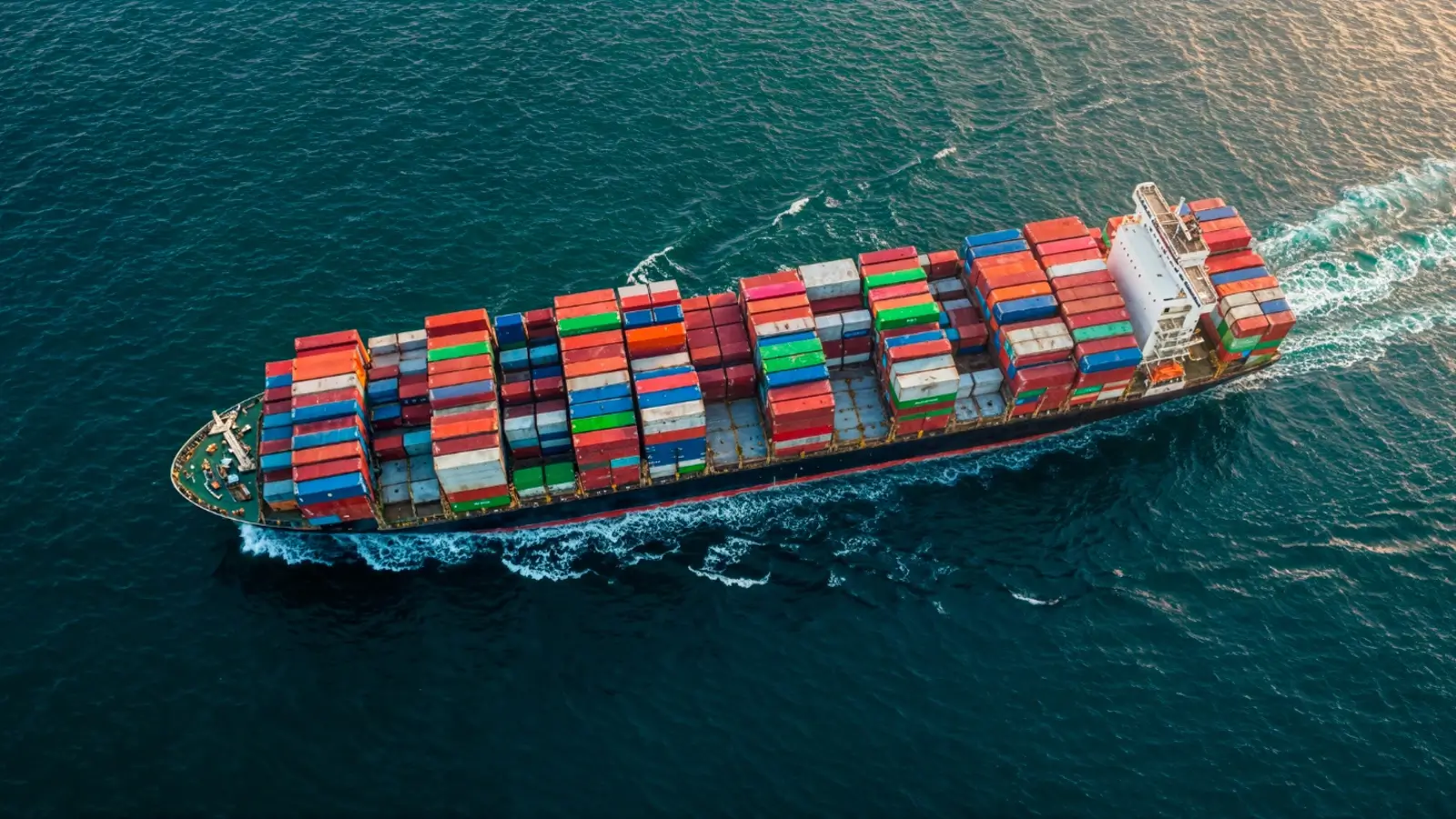


Global supply chains form the backbone of international commerce, connecting manufacturers, suppliers, and consumers across continents. However, when political tensions escalate into trade wars, these intricate systems face disruption. Understanding the trade war supply chain impact is crucial for businesses that rely on cross-border sourcing, manufacturing, and distribution. This article explores how trade wars reshape global supply chains, highlighting the key challenges, strategies, and long-term consequences for global trade.
A trade war occurs when countries impose tariffs or other trade barriers on each other to protect domestic industries or retaliate against perceived unfair practices. These barriers often include import duties, quotas, and restrictions that make international trade more expensive. The goal is usually to promote local manufacturing or gain leverage in negotiations. However, such measures rarely occur in isolation. When one nation imposes tariffs, others retaliate, triggering a chain reaction that affects industries far beyond the original dispute. The trade war supply chain impact extends globally, influencing costs, logistics, and production timelines across sectors like technology, automotive, and agriculture.
Modern supply chains are deeply interconnected. A smartphone, for example, might be designed in California, use microchips from Taiwan, assembled in China, and shipped worldwide. When tariffs are introduced between two major economies, the ripple effects cascade through every stage of this process. Companies may face sudden cost increases for raw materials, delays in customs clearance, and increased transportation expenses. These added costs often force manufacturers to pass expenses to consumers or absorb losses to stay competitive. Additionally, suppliers that depend on export markets may experience decreased demand, leading to overcapacity or layoffs. In this way, the trade war supply chain impact doesn’t just affect corporations but also workers, communities, and consumers.
One of the most immediate consequences of trade wars is the increase in operational costs. Tariffs raise the price of imported goods, which can inflate the cost of production. For example, when the United States imposed tariffs on Chinese steel and aluminum, industries from construction to automotive experienced significant cost hikes. Companies relying on these materials had to either find new suppliers or pay higher prices, reducing profit margins. Beyond tariffs, the administrative burden also rises. Firms must navigate complex compliance regulations, update documentation, and reclassify goods according to changing trade codes. These factors increase lead times and reduce supply chain agility. The cumulative trade war supply chain impact can erode efficiency, particularly for businesses that rely on just-in-time manufacturing models.
In response to the instability caused by trade wars, many companies adopt supply chain diversification strategies. This involves sourcing materials from multiple countries or regions to reduce dependency on any single market. For instance, several technology companies shifted parts of their production from China to countries like Vietnam, India, and Mexico to mitigate tariff exposure. Diversification not only helps companies manage risks but also fosters resilience. However, this approach has challenges. Setting up new manufacturing sites or supplier relationships requires significant time and capital. Additionally, quality control and logistical coordination can become more difficult when operations are spread across various regions. Despite these obstacles, diversification remains a key strategy for minimizing the trade war supply chain impact.
Technology plays a critical role in helping businesses adapt to the volatility of trade conflicts. Digital tools such as artificial intelligence, blockchain, and advanced analytics enable real-time monitoring and forecasting of supply chain risks. For example, AI-driven predictive models can anticipate delays or cost fluctuations due to tariff changes. Blockchain provides transparency and traceability, ensuring compliance with new regulations. Cloud-based supply chain management platforms also enhance communication between suppliers and manufacturers, allowing faster decision-making. By integrating these technologies, businesses can mitigate the trade war supply chain impact, identify vulnerabilities, and optimize their logistics networks.
Trade wars often accelerate the trend toward regionalization, where companies move production closer to end markets to avoid tariffs and long-distance logistics challenges. For example, the US-China trade war prompted many manufacturers to explore nearshoring options in Mexico or Canada. Similarly, European firms began investing more heavily in Eastern Europe and North Africa to reduce reliance on Asian suppliers. This geographic rebalancing not only reduces tariff exposure but also shortens lead times and enhances supply chain visibility. However, regionalization requires careful analysis of labor costs, infrastructure quality, and regulatory environments. As companies redesign their networks, the trade war supply chain impact becomes an opportunity to build more sustainable and localized systems.
While large corporations often have the resources to adapt to shifting trade dynamics, small and medium enterprises face greater challenges. SMEs typically have less leverage to negotiate with suppliers or absorb increased costs. The added administrative complexity of compliance, documentation, and fluctuating prices can strain limited resources. Many SMEs are forced to either scale back operations or exit foreign markets altogether. This not only impacts business growth but also reduces competition, leading to greater market consolidation among large multinational players. The trade war supply chain impact is therefore disproportionately severe for smaller businesses that rely on predictable cross-border trade.
Consumers are not immune to the effects of trade wars. Increased production and import costs often translate to higher retail prices. Essential goods such as electronics, clothing, and food products can become more expensive due to tariffs. For instance, tariffs on Chinese goods during recent trade disputes led to noticeable price hikes in consumer electronics and household goods in the United States. Inflationary pressures can reduce purchasing power and slow economic growth, particularly in economies heavily dependent on imports. Thus, the trade war supply chain impact extends beyond the business sector, affecting overall consumer welfare and market stability.
Trade wars can also influence sustainability efforts in global supply chains. On one hand, nearshoring and regionalization may reduce carbon emissions associated with long-distance shipping. On the other hand, frequent restructuring of supply chains can lead to inefficiencies and resource waste. Some companies may prioritize cost reduction over environmental goals when facing tariff pressures, delaying investments in green technologies. Moreover, uncertainty caused by trade conflicts can discourage collaboration on international sustainability standards. Balancing resilience, cost efficiency, and environmental responsibility remains a key challenge as companies navigate the trade war supply chain impact.
Governments play an essential role in mediating the effects of trade wars. Many nations introduce relief programs, subsidies, or tax incentives to support affected industries. For example, during the US-China trade war, American farmers received billions in aid to offset lost export revenues. Additionally, trade agreements such as the Regional Comprehensive Economic Partnership (RCEP) or the United States-Mexico-Canada Agreement (USMCA) have emerged to stabilize regional trade relationships. These frameworks encourage cooperation and reduce uncertainty, helping mitigate the trade war supply chain impact over time. Nonetheless, policy responses often vary across countries and sectors, leading to uneven recovery.
Trade wars have prompted businesses to rethink global supply chain strategies. Many are moving away from efficiency-driven models toward resilience-focused approaches. This involves maintaining larger inventories, developing multiple sourcing options, and investing in supply chain visibility technologies. Collaboration between logistics providers, governments, and technology partners has also intensified. The key lesson from recent trade conflicts is that flexibility is essential. Companies that can adapt quickly to regulatory changes, tariffs, and geopolitical risks are better positioned to thrive in uncertain environments. The trade war supply chain impact, while disruptive, has driven innovation and strategic transformation across industries.
Trade wars will likely remain a recurring feature of global economics as nations seek to protect domestic interests. Their impact on supply chains is profound, influencing cost structures, sourcing strategies, and production networks. Businesses that understand and proactively address the trade war supply chain impact can turn disruption into opportunity. By leveraging technology, diversifying operations, and prioritizing resilience, organizations can safeguard their competitiveness and ensure continuity in an unpredictable global trade environment. Ultimately, the ability to anticipate and adapt to trade tensions will define the next generation of successful global supply chains.